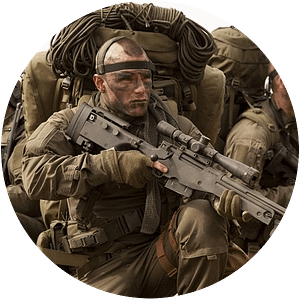
How Storytelling Affects The Brain
Neural Coupling
A story activates parts in the brain that allows the listener to turn the storty in to their own ideas and experience thanks to a process called neural coupling.
Mirroring
Listeners will not only experience the similar brain activity to each other, but also to the speaker.
Dopamine
The brain releases dopamine into the system when it experiences an emotionally-charged events, making it easier to remember and with greater accuracy.
Cortex Activity
When processing facts, two areas of the brain are activated (Broca’s and Wernicke’s area). A well-told story can engage many additional areas, including the motor cortex, sensory cortex and frontal cortex.

and Strong Narrative
Accelerate Learning
Narrative Promotes The ‘Flow’ State
There are subconscious cues that exist below the operator’s awareness and help produce the state known as flow. In positive psychology, a flow state, also known colloquially as being “in the zone,” is the mental state in which a person performing some activity is fully immersed in a feeling of energized focus, full involvement and enjoyment of the process of the activity. In essence, flow is characterized by the complete absorption in what one does and a resulting transformation in one’s sense of time.




Why Flow?
Narrative is an important aspect of immersion that can help facilitate flow states. Most of the simulator education in the U.S. and around the world has focused its curriculum on how to complete a particular task. This approach can and does create robotic (call and response) trainees with little sense of mission.
The Medium Is The Message
Trainees can perform up to the level supported by the information given but is often limited in unique situations that may require more intuitive, spontaneous, or innovative thinking.
Narrative can infuse trainees with a sense of mission that supersedes simple knowledge. The form in which a narrative is told seems to matter. The narrative theorist Marshall McLuhan famously wrote in the 1960s that “the medium is the message,” and we have found that, neurologically, this is true.
